How to Make Your Own Disinfectant at Home: a Spraying Agent to Prevent Coronavirus

Cleaning furniture and household appliances with a disinfectant may be your routine every weekend. But in the midst of a corona virus pandemic, keeping all objects that are frequently touched such as door handles, water taps, home telephones, and TV or AC remotes, clean from germs, is a must.
You can make your own disinfectant liquid at home to prevent exposure to germs, including corona virus. The US Centers for Disease Control and Prevention or the CDC recommends using chlorine bleach from any brand. But before starting to make your own, please note that the liquid bleach or sodium hypochlorite is caustic which can cause irritation, can also emit potentially deadly smoke. That is why it is important to melt bleach and ensure it is not mixed with other chemicals.
So, how do you make your own disinfectants that are safe and easy at home? Let’s check the following explanation.
What is disinfectant?

Disinfectants are cleaning fluids that are generally made from hydrogen peroxide, creosote, or alcohol that aims to kill bacteria, viruses, germs, and other harmful microorganisms that are found on a room or surface of inanimate objects.
Disinfectants are usually used to clean surfaces of objects most often touched by many people. For example, door handles, tables, chairs, sink faucets, cabinets, and others.
Disinfectants also contain high concentrations of biocides. Therefore, disinfectants are more effective in preventing the emergence of bacteria and microorganisms on the surface of any inanimate objects, which mediate exposure to virus or harmful bacterial infections when inhaled or touched by humans.
To make your own disinfectant at home, you can actually buy the main disinfectant, which is usually a household cleaning product.
How to make your own disinfectant from bleach
What do we need?
⦁ Find any brand bleach solution, water
⦁ Tools: spray bottles, rubber gloves, non-porous boots and eye protection.
How do we make it?
⦁ Use gloves and boots, always tie your hair.
⦁ Mix 4 teaspoons of bleach solution with 1 liter of water. Carefully pour the bleach first into the spray container, then add the water according to the dose.
⦁ To make more quantities, add bleach and water according to the dose
⦁ Once mixed in the container, shake the solution gently to make it evenly distributed.
⦁ Don’t ever add other ingredients, especially those made from chemicals to this mixture.
⦁ Try not to breathe in product smoke. If using the product indoors, open windows and doors to allow fresh air to enter.
To use it, always wear gloves, spray the disinfectant solution into the object you want to clean or dip the cloth into the mixture. Then, wipe the surface of the object let the solution touch the surface for five minutes and air dry.
For surfaces that will come in contact with food, such as tables and trays, rinse with warm water and dry. Be careful using it, not to splash the disinfectant solution on your clothes or eyes.
How to make vinegar disinfectants
Don’t use vinegar only as a friend to eat meatballs. It turns out that vinegar can also be used to make disinfectant fluids. Launch WikiHow, vinegar was also useful as an ingredient for making disinfectant liquid yourself.
You can make it in the form of vinegar spray, cloth, or vinegar spray mixed with baking soda. Here are the steps to make it.
Making a vinegar based spray :
⦁ Take a standard sized glass spray bottle. Remember yes, it must be a glass bottle because essential oils can sometimes react to plastic bottles;
⦁ Then fill with water, vinegar (the water and vinegar measurements must be equal), and 5-15 drops of the original essential oil. You can use any flavorful essential oil according to your taste;
⦁ Lemon essential oil can be used to clean the kitchen. Especially considering the lemon scent can neutralize the strong kitchen aroma;
⦁ If for the bathroom, just use tea tree and eucalyptus oil to neutralize the smell of the bathroom;
⦁ Use vanilla-smelling essential oils if you want to create a relatively mild disinfectant aroma because the smell is easily lost.
It also can be used to make disinfectant wipes:
⦁ If you want to make disinfecting cloths instead of spray, follow the same recipe as if you made the vinegar spray above;
⦁ The difference is, you put ingredients such as water, vinegar and essential oils in a large glass bottle, not a spray glass bottle. Mix until mixed;
⦁ Cut 15-20 square pieces of cloth measuring 25.4 cm and put them all in a glass jar filled with water, vinegar and essential oils;
⦁ Press the cloth in the bottle so that it is submerged so that all the ingredients are absorbed;
⦁ Wipe the cloth to any object that is often touched by residents of the house.
Vinegar can also be used to make a disinfectant spray with a combination of vinegar and baking soda:
⦁ Take a bowl or container like a bucket;
⦁ In the container, add 4 cups of hot water, 1/4 cup of vinegar, and 2 tablespoons of baking soda;
⦁ Stir until the baking soda dissolves;
⦁ Cut the lemon in half;
⦁ Squeeze the two parts into a solution. Add the remaining lemon rind to the mixture and wait for the solution to cool;
⦁ After chilling, add 4 drops of essential oil;
⦁ Strain solution into a spray glass bottle.
How to make disinfectants from vodka
Vodka is one of the best alcoholic drinks for vodka lovers to consume. Even so, vodka can also be used as a disinfectant liquid in eradicating the corona virus.
You can make it by just relying on vodka, or mixed with baking soda, and of course vinegar. Here are the steps to make it.
How to make vodka-based spray:
⦁ Take a spray bottle made of glass;
⦁ Add 1/2 cup of vodka, 1/2 cup of water, and 50 drops of essential oil;
⦁ Shake well before spraying this DIY (do it yourself) disinfectant.
Making a spray made of vodka and baking soda:
⦁ Mix 1 glass of water and 1/4 cup of baking soda in a glass bottle;
⦁ Shake to dissolve baking soda;
⦁ Add 1/2 cup vodka and 25 drops of essential oil;
⦁ Stir until all the elements are mixed well.
Note: Baking soda becomes an additional element that is very effective in disinfecting the surface of objects at home.
Making a spray made of vodka and vinegar:
⦁ Mix 1/2 cup vinegar, 1/2 cup vodka, 1 ½ cup water, and 20 drops of essential oil in a large glass bottle;
⦁ Stir, then pour the mixture into a glass spray bottle (or any spray bottle available in your house).
How to make disinfectants made from rubbing alcohol and hydrogen peroxide
Rubbing alcohol or rubbing alcohol is generally used to clean hands until it is used for wounds such as scratches. Rubbing alcohol can also be used as a disinfectant liquid. Check out the following steps on how to make it.
Making a spray made from rubbing alcohol:
⦁ Mix water and rubbing alcohol in a balanced amount into a spray bottle;
⦁ Shake to mix the two ingredients;
⦁ The disinfectant liquid is ready to be sprayed.
Note: Rubbing alcohol is very effective as a disinfectant and is often used for medical purposes.
Making a spray made of rubbing alcohol:
⦁ Pour 10-30 drops of essential oil into a glass spray bottle;
⦁ Fill the bottle with 30 ml rubbing alcohol;
⦁ Add water to fill the spray bottle;
⦁ Shake it so that all the elements are mixed well.
Making a spray made of vinegar and hydrogen peroxide:
⦁ Separate vinegar and hydrogen peroxide into 2 separate spray bottles;
⦁ Clean the object that you want to spray disinfectant;
⦁ Spray the bottle containing vinegar, wait for 5 minutes;
⦁ Clean with a clean cloth;
⦁ Spray the bottle containing hydrogen peroxide, wait for 5 minutes;
⦁ Clean again with a clean cloth.
Note: Vinegar and hydrogen peroxide work well for disinfecting. Unfortunately, they should not be combined into one container because they make peracetic acid which can be dangerous.
Now that you know how to make your own disinfectant at home, now you need to know how to use it. After you mix the disinfectant spray, you should immediately use it. Try to spray any surfaces in your house thoroughly, then leave it for about 10 minutes so it can kill the germs that stick to various inanimate objects.
After that, you have to clean the surface of the object with a microfiber cloth. Especially in the bathroom, you need to use a different cloth so that germs on the fabric do not stick to other objects. The same thing also applies when cleaning the kitchen area.
Hope this article is useful. Stay safe, happy and healthy everyone!
———————————————————————————————
This post may contain affiliate links, which means I make a small commission off purchases, at no extra cost to you. Read my full disclosure here. Thank you for supporting the work I put on this site!

—————————————————————————————————————————————–
We Stress Free does not provide medical advice, diagnosis, or treatment. However, if you need someone to talk to and want to make friends, please feel free to reach me at ferra@westressfree.com. If you would like to REDUCE your STRESS and are interested to do an ONLINE THERAPY, you can do so here.

—————————————————————————————————————————————-
The information contained in this article is for educational and informational purposes only and is not intended as health or medical advice. Always consult a physician or other qualified health provider regarding any questions you may have about a medical condition or health objectives.






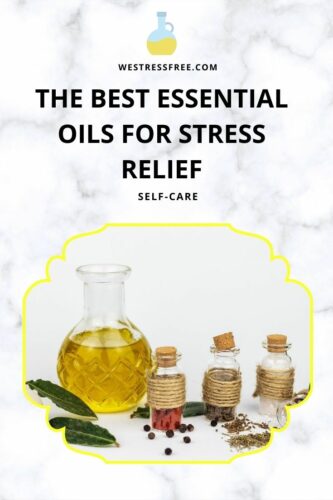
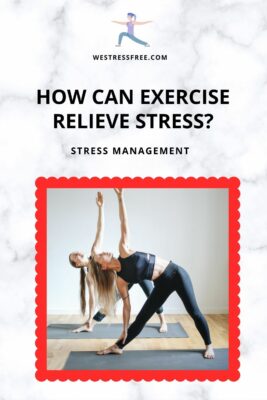
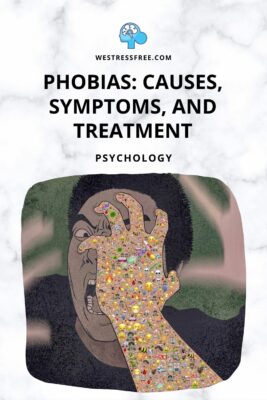
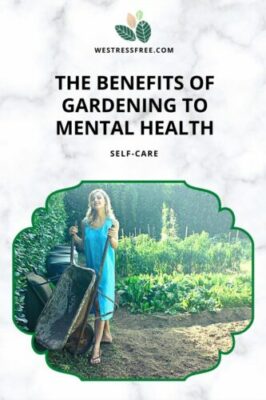

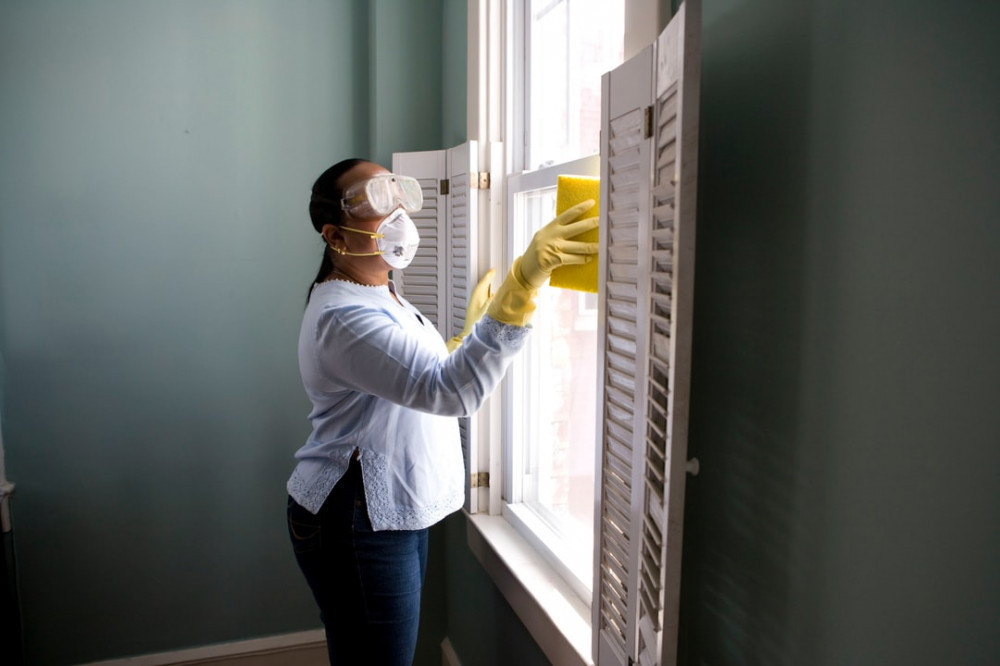



The coronavirus causing COVID-19 is a nasty bug, but like other members of the coronavirus family, it’s no match for good disinfecting products, health experts say. There are many bad things about the coronavirus, but there is one good thing: It is not very hardy
To protect me from any virus, including coronavirus, we use the bleach itself and its benefits. If you can find any, hand sanitizer also works wonders. It’s no substitute for washing your hands or clean your floor, though. It won’t necessarily kill all pathogens, but it’ll wash them away.
Hello,
Thank you for taking time to visit my site, read my post and leave a comment. I really appreciate it! 😃 👍
Germs (bacteria, viruses, fungi, etc.) need warmth and moisture to survive. Disinfectants work because they are poisonous – not only to bacteria and viruses, but to larger living things, such as human beings. If you do use them, take steps to protect yourself (e.g., avoid breathing fumes and wear rubber gloves).
The primary use of disinfectants is to eliminate or greatly reduce microbial pathogens and thus prevent the transmission of disease and illness.
Stay safe, happy and healthy!
Cheers,
Ferra
Thanks, for giving us an informative article. The coronavirus is spreading rapidly in our country. I learned from your post how to make a disinfectant fluid. Now I can make it my own disinfectant that is safe and easy at home. I learned how to use it better for cleaning my house. I learned how to clean a home safely from your articles. Everyone should know.
This post is very helpful for every person I will share this post on my social media.
Hello Alamgir,
Thank you for taking time to visit my site, read my post and leave a comment. I really appreciate it! 😃 👍
Germs (bacteria, viruses, fungi, etc.) need warmth and moisture to survive. Disinfectants work because they are poisonous – not only to bacteria and viruses, but to larger living things, such as human beings. If you do use them, take steps to protect yourself (e.g., avoid breathing fumes and wear rubber gloves).
Stay safe, happy and healthy!
Cheers,
Ferra